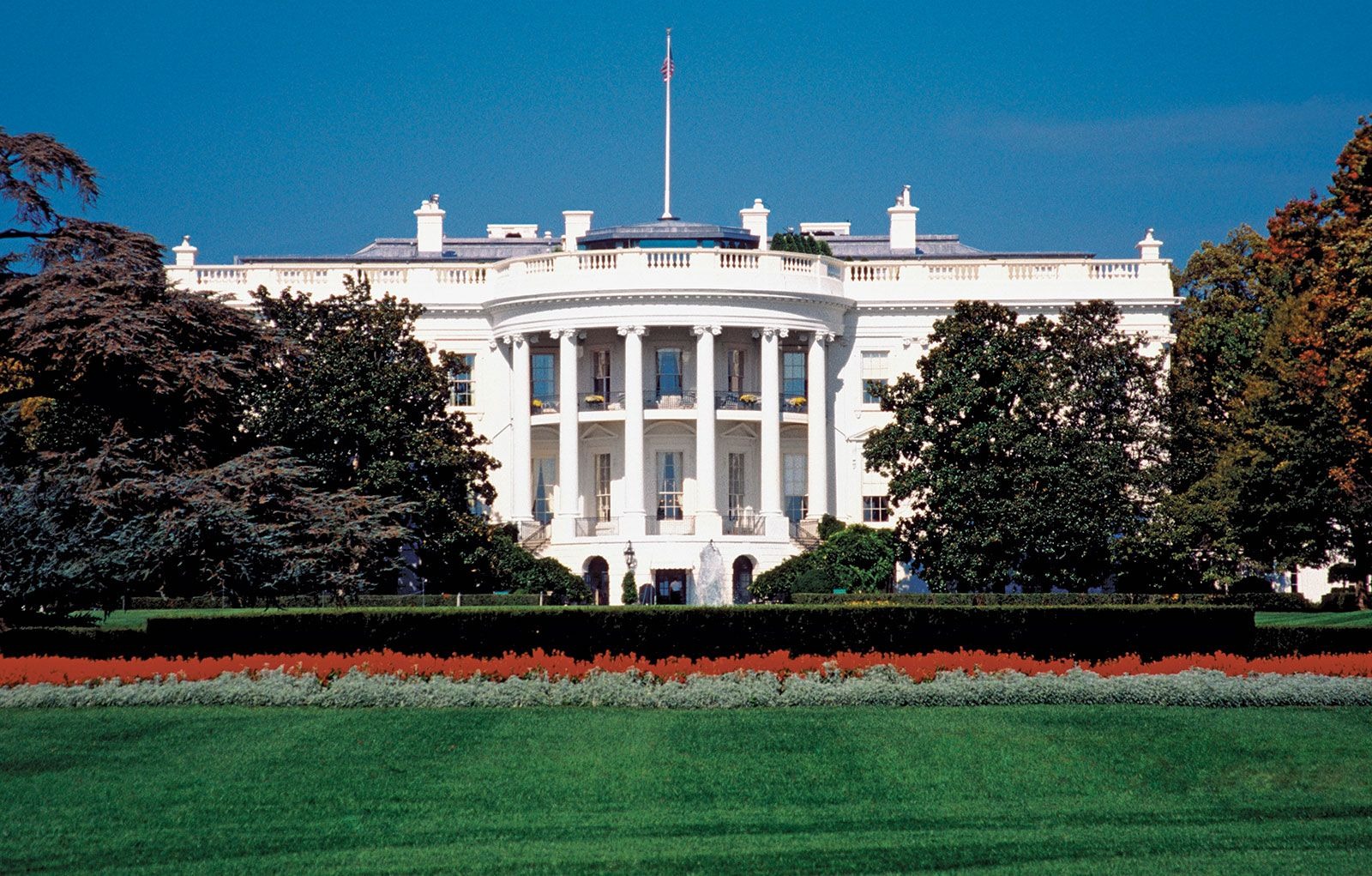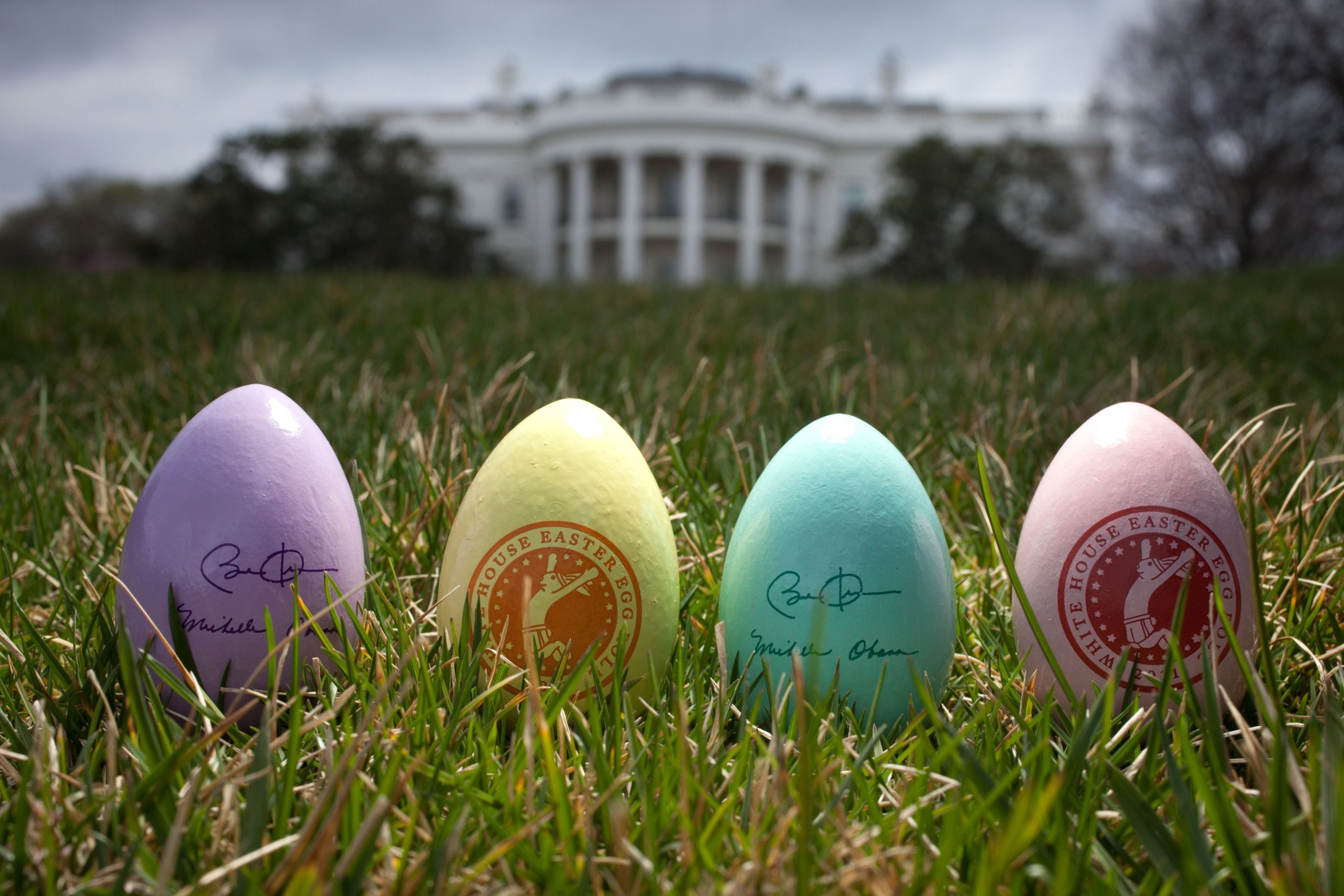Over the recent weekend, a flurry of activity unfolded in the media landscape, particularly among conservative news outlets, focusing on the guidelines issued for the annual Easter Egg Roll at the White House.
The crux of their reports centered on a flyer detailing the event’s egg decoration rules. The rules explicitly stated that the designs “must not include any questionable content, religious symbols, overtly religious themes, or partisan political statements.” This directive quickly became controversial as stories circulated, suggesting a new policy to dilute the event’s religious and political significance.
However, these reports overlooked a critical historical context: the guidelines for egg decoration at the White House Easter Egg Roll have remained consistent since the 1970s, transcending administrations from both major political parties. This long-standing tradition aims to maintain the event’s focus on fun and inclusivity, steering clear of any divisive content.

White House (Credits: Britannica)
The narrative shifted after the White House intervened, prompting some media outlets to revisit their coverage. Notably, The Daily Caller, a right-leaning digital news platform, retracted its initial report on the matter.
This retraction came after the outlet recognized that it had missed essential context that significantly altered the story’s accuracy and relevance. White House Press Secretary Karine Jean-Pierre commended this decision, highlighting it as a rare instance of responsible journalism that acknowledges when additional context is necessary to ensure fairness and accuracy.
Despite these developments, Fox News opted against altering its original report in response to the White House’s correction requests. This decision stood even in the face of The Daily Caller’s notable retraction, which the White House had pointed out to various media entities.
Fox News maintained that its coverage was based on direct quotes from the “2024 Call for Youth Art” flyer, accurately reflecting the event’s guidelines. To bolster its stance, the network updated its story to include insights from the American Egg Board President, who elucidated the long-standing nature of these decoration rules.

White House Easter Egg (Credits: Obama White House Archives)
The episode underscores the complexities of modern news consumption, where the omission of historical context can significantly shape public perception and debate. It also illustrates public institutions’ challenges in navigating the polarized media landscape, where simple event guidelines can spark national controversy.
This incident reflects broader conversations about the role of media in political discourse, the importance of historical awareness in reporting, and the delicate balance between maintaining traditions and accommodating evolving social norms.
As the dust settles on this particular story, it serves as a reminder of the media’s power in framing narratives and the critical need for journalistic integrity in ensuring that the full scope of a story, including its historical backdrop, is communicated to the public.























